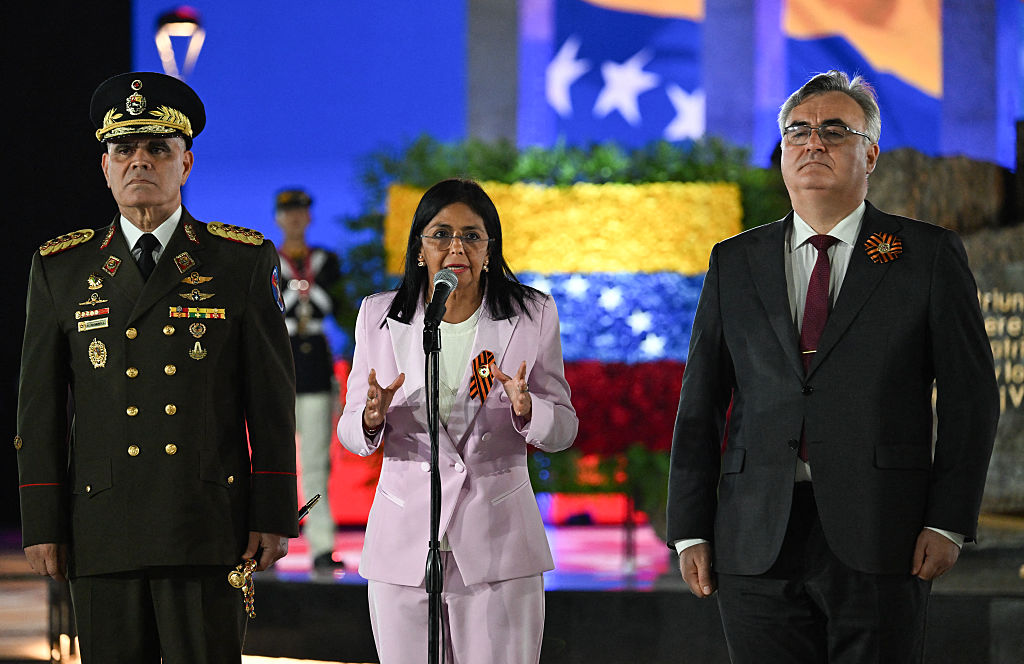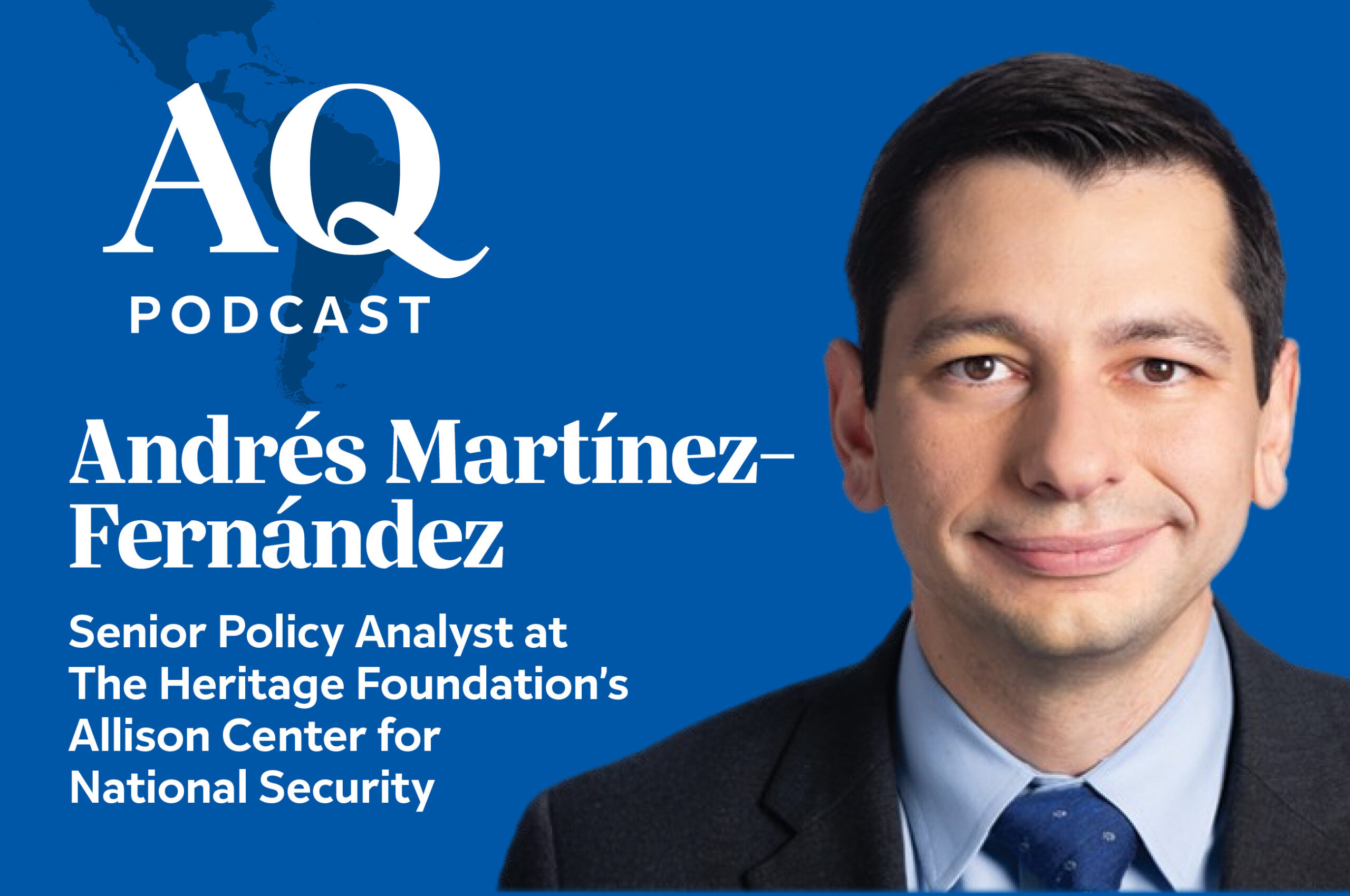Turbulent Transition Begins
Turbulent Transition Begins
President-elect Obama must use his transition period to set the tone for the new administration and prepare for future economic and security challenges.
Within the next few days, teams of dark-suited operatives working for the U.S. president-elect will fan out across Washington with a singular mission. They will sit down with the heads of every federal agency to prepare for the transfer of power on Jan. 20.
It's the way things have been done in presidential transitions for several decades, and Americans have generally – with a few hiccups along the way – managed the awkward 77-day gap between the election of a new president and his inauguration with aplomb and crisp efficiency.
But the clock is racing faster this time. If this year's U.S. elections were a transformative moment in American politics, this year's transition of power amounts to an equally historic – and nail-biting – crossroads.
Rarely have so many potential tests of authority faced a new president on the eve of walking into the Oval Office, forcing him to make decisions that could make or break his presidency even before he swears the oath of office.
The coming weeks are a dress rehearsal for the first wartime handover of power in the U.S. in more than 40 years, and a new White House team-in-waiting will need to set in place priorities for the conduct of wars in Iraq and Afghanistan that will not wait for the measured unfolding of transition calendars.
Neither will the U.S. economic crisis, which has already been compared to the Great Depression in terms of the toll it is taking on American jobs, confidence and standard of living.
The new president won't have the luxury of waiting until his inauguration to deliver the economic signals that can restore solvency in the markets and get credit moving again in the global economy.
Past transitions have provided sobering lessons about the dangers of taking things slowly. After he won the 1992 election, Bill Clinton called together 400 leading economists and union leaders for a rambling open-ended discussion about economic challenges facing the nation. That set the tone for the awkward economic policy mistakes the Clinton administration made in its first two years.
His successor, George W. Bush, was similarly caught off guard by the Sept. 11, 2001, terrorist attacks just eight months after being elected. At the time, less than half of the Bush administration's top policy positions had been filled, and Bush's neophyte foreign policy team had already discounted warnings from their predecessor about the threat of Al Qaeda.
This time around, the Washington culture has gotten a little smarter. The Pentagon reportedly has in place a plan to take new administration officials through a series of crisis exercises to demonstrate what presidents need to know to exercise military authority in a crisis.
But unless the president-elect can use the waiting period before getting the Oval Office keys to establish the direction of his administration, it may be too late.
Here are the key decisions in the war and the economy he is likely to face in the first six months of what used to be called the "honeymoon" period for new U.S. leaders.
AFGHANISTAN: During the campaign, the policy debates largely centred on whether and when to withdraw U.S. troops from Iraq. But the deteriorating conflict in Afghanistan now represents the hardest test for the new president.
He will need to decide whether to accept military commanders' requests for adding 15,000 combat and support troops to counter the increasing strength and aggressiveness of the Taliban. He will also have to decide whether to follow the advice of prominent foreign policy experts to engage in talks with Taliban leaders who signal a willingness to negotiate. Unofficial discussions have been underway in Saudi Arabia between Afghans and the Taliban with the approval of Afghan President Hamid Karzai.
Just as crucially, he will need to decide whether to continue what is now unofficial U.S. policy of attacking militants who have found sanctuary in the so-called tribal areas of Pakistan.
CHINA: Textile quotas negotiated with the Chinese government are due to expire on Jan. 1. Representing a key element of U.S. trade policy toward "taming" the Chinese trade in low-price goods, they are also a source of continuing friction with the world's most powerful emerging economy
Can the U.S. continue to implement a punishing protectionist policy against a trade and finance power that also holds billions of dollars worth of U.S. debt – without facing economic retribution that could further hamper U.S. economic recovery?
Decisions about China are part of a larger challenge faced by the new president about whether to restart the Doha round of trade talks. Rehabilitating global free trade and kick-starting free trade agreements, such as the U.S.-Colombia trade pact currently stalled in Congress, seem to be no-brainers.
But the new president will also need to reassure the U.S. public that such agreements don't place further burdens on U.S. jobs and manufacturing by opening up U.S. borders to an influx of cheap goods made by cheaper labour.
THE ECONOMY: On Nov. 15, leaders of the world's industrial nations and emerging economic powers will gather in Washington at the invitation of President Bush to discuss the global economic crisis. While there are no specific plans on the table, the new president will have to decide whether to lend his support to the "summit" as well as to mounting goals for a reform of international financial institutions such as the World Bank and International Monetary Fund. How he walks that delicate line will send an important message about whether the next administration will effectively break with policies of the past, or continue them.
In one of the most important policy areas facing a U.S. president since the New Deal, the new president will have to decide whether to institutionalize active federal involvement, including greater regulation, in the private sector, or hope the market rights itself on its own. That also includes whether and how much to provide in a stimulus package.
Although the U.S. infrastructure – from highways to ports and schools – is badly frayed, economist are already fiercely arguing whether a rise in federal spending will push the U.S. deficit dangerously high. Any of these areas alone would represent a formidable challenge for a president who will need to learn on the job – and fast. Together, they ensure that the victory celebrations today will be short.
Stephen Handelman is the managing editor of Americas Quarterly.








